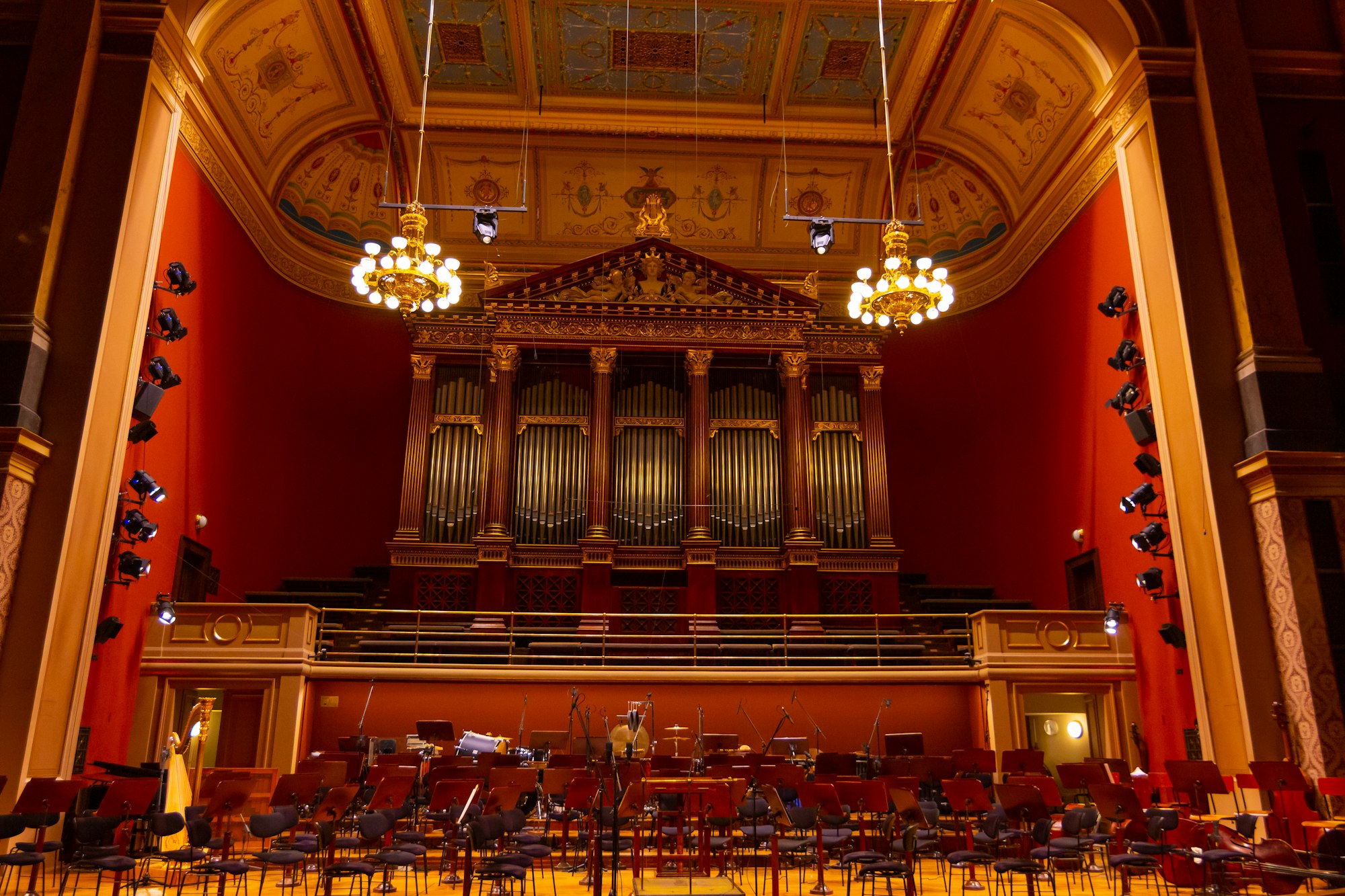In recent times, the use of AI in creative processes has sparked both interest and controversy. One notable incident occurred with the Queensland Symphony Orchestra’s (QSO) Facebook advertisement, labeled as “the worst AI-generated artwork” by the Media, Entertainment & Arts Alliance (MEAA).

Unintended Consequences of AI
Posted on February 22, the ad features an image sourced from Shutterstock with the AI prompt “two people having a date at an indoor classical music romantic concert.” However, the resulting depiction is peculiar, featuring a couple with oddly proportioned and numerous fingers, questionable attire, and a surreal setting. The caption, “Want to do something different this Saturday? Come see an orchestra play,” only adds to the confusion.
Industry Backlash and Criticism
The response to the AI-generated artwork was swift and critical. The MEAA condemned it as “inappropriate, unprofessional, and disrespectful,” stating that both creative workers and audiences deserve better from arts organizations. Criticism extended to the comment section, with calls for the use of professional photographers and accusations of the arts organization neglecting artists.
QSO’s Justification
Despite the controversy, the QSO defended its choice in a statement to Guardian Australia. The organization emphasized its commitment to exploration, innovation, and the adoption of new technologies, framing the use of AI as part of its broader approach to marketing.
AI in the Creative Sphere
This incident highlights the ongoing debate surrounding AI-generated imagery. The accessibility of tools like Dall-E and Midjourney has raised concerns about AI’s potential to devalue or plagiarize human artistic expression. Instances of AI-generated artworks winning prestigious awards have fueled discussions about the ethical implications of AI in the art world.
Artists’ Response and Ethical Dilemmas
While some artists embrace AI in their work, others raise concerns about its potential threat to traditional artistic practices. Instances of AI-generated content being accused of plagiarism and calls for stricter copyright laws highlight the challenges that arise with the integration of AI into the creative process.
Conclusion
The Queensland Symphony Orchestra’s AI-generated ad serves as a cautionary tale, prompting reflection on the ethical considerations and unintended consequences of AI in the creative realm. As technology evolves, striking a balance between innovation and respect for traditional artistic values becomes paramount.
Explore the controversy surrounding the Queensland Symphony Orchestra’s AI-generated ad, delving into the ethical considerations of AI in the creative sphere. Uncover industry reactions, artist responses, and the broader debate on AI-generated art.

FAQ
1. Why did the Queensland Symphony Orchestra choose to use AI for their Facebook ad artwork?
- The orchestra opted for AI as part of its commitment to exploration, innovation, and embracing new technologies in its marketing approach.
2. What prompted the swift and critical response from the Media, Entertainment & Arts Alliance (MEAA)?
- The MEAA condemned the AI-generated artwork as “inappropriate, unprofessional, and disrespectful,” asserting that both creative workers and audiences deserve better from arts organizations.
3. How did the Queensland Symphony Orchestra justify the use of AI in light of the controversy?
- In a statement to Guardian Australia, the QSO defended its choice, emphasizing its dedication to exploration and innovation, framing AI as part of its broader marketing strategy.
4. What are the broader implications of AI-generated art in the creative sphere, as highlighted by this incident?
- The incident underscores the ongoing debate about AI’s potential to devalue or plagiarize human artistic expression, with discussions on the ethical implications of AI in the art world.
5. How have artists responded to the integration of AI into the creative process, and what ethical dilemmas have emerged?
- While some artists have embraced AI, others have raised concerns about the potential threat it poses to traditional artistic practices. Instances of AI-generated content being accused of plagiarism have sparked discussions about the need for stricter copyright laws.
Sources The Guardian


